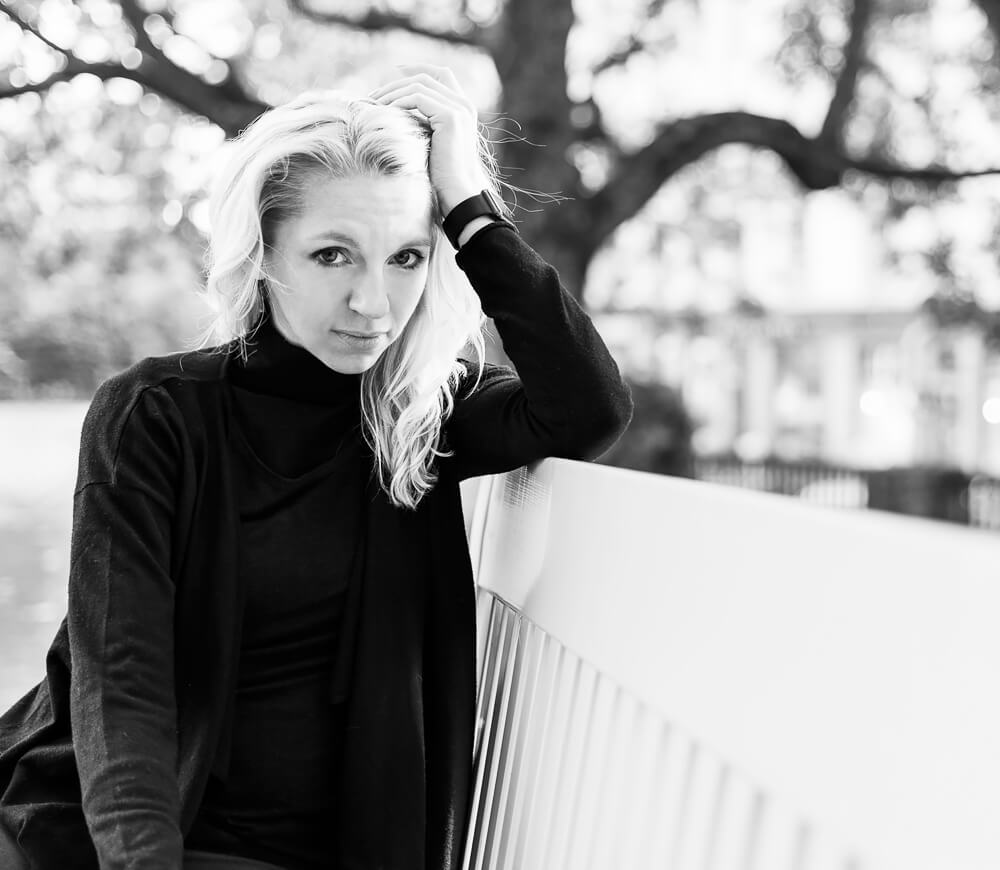Dasha Pears is an award-winning Russian conceptual photographer, currently based in Helsinki, Finland. Dasha uses the instruments of surrealism, color, and photography to speak about deepest psychological matters, including emotions, states of mind and mind shifts.
She started her photographic path in 2011, after reaching burnout in a marketing communications career. Having tried many types of photography, Dasha found herself in the conceptual and fine art sphere. Since then her images have been exhibited in Russia, France, Poland, Austria, Italy and Finland. Dasha's photographs can be found on covers of books published in Europe, the United States and South America.
In 2016 Dasha started sharing her experience of organizing conceptual photography shoots and producing surrealist artworks in the form of creative photography workshops. Since then she has held over 15 events in Finland and abroad.
Statement
Photography turned out to be a way of discovering my true self and expressing it. My works are a reflection of this discovery process and I hope that they can help others who are on the same journey as me. In metaphorical ways I try to show and share processes that are going on in many people's minds: dealing with negative self-talk, being overwhelmed by all kinds of emotions, finding that activity that puts you in the state of flow, when time ceases to exist.
My photography is influenced by classical fine art, surrealism, as well as fantasy and science fiction books. The instruments of surrealism help me show that the scene is only partially real and that most of it is going on in the character's mind. My works are carefully composed and many of them are leaning towards minimalism. This is my way of expressing that controlling your mind and creating space is crucial for discovering who you are and who you are not.
